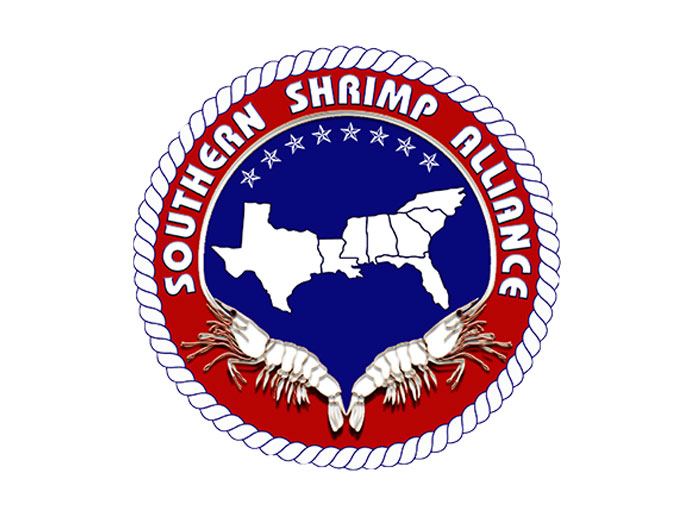Southern Shrimp Alliance Welcomes NOAA Fisheries’ Confirmation that U.S. Wild-Caught Shrimp Is the Sustainable Choice
November 6, 2024 | 3 min to read
Recently, NOAA Fisheries launched an online resource detailing the sustainability of wild-caught American shrimp, highlighting its significance as a seafood choice. Despite its popularity, the U.S. shrimp industry faces challenges, with revenues dropping from $329 million in 2022 to $204 million in 2023. The agency emphasizes that U.S. fisheries adhere to strict sustainability practices, making wild-caught shrimp a superior option. To support local fishermen, consumers are encouraged to buy domestic shrimp and verify its sourcing.

Last week, NOAA Fisheries published an on-line resource with facts regarding wild-caught American shrimp, explaining what makes it a sustainable seafood choice.
Shrimp is, far and away, the most popular seafood in America. As NOAA Fisheries explains, “now about one-quarter of the seafood Americans eat is shrimp.” Yet, despite Americans’ love of shrimp, the U.S. shrimp industry is struggling. NOAA Fisheries notes that despite the fact that landings volumes were roughly the same in 2023 as they were in 2022, “[p]reliminary data from the Gulf of Mexico show that the industry sold $329 million of wild-caught shrimp in 2022 and that revenue dropped to $204 million in 2023 – a 38 percent drop.”
This sharp decline in the value of U.S. commercial shrimp landings corresponds to declining prices for imported shrimp, as shown in the federal agency’s chart below:
Recognizing the severity of the challenge confronted by the U.S. shrimp industry, NOAA Fisheries observes, “[t]hese profound issues may jeopardize the industry’s future existence, despite its vital importance to the region’s economy and culture. Some industry members indicate that the low prices of shrimp make it too expensive to justify the costs of a trip; these communities are suffering as a result.”
The dire circumstances confronting the U.S. shrimp industry do not just adversely affect the families that rely on commercial fishing, but also leave American consumers with limited options when attempting to purchase sustainable shrimp. As NOAA Fisheries explains, “United States fisheries are among the largest and most sustainable in the world, thanks to strong science and a dynamic management process.”
The domestic shrimp industry is required to track and report their catch and must accommodate fishery observers who verify catch and bycatch data. American shrimpers are required to utilize bycatch reduction devices and turtle excluder devices. They are not permitted to trawl in areas with coral reefs while specific areas of the Gulf of Mexico and South Atlantic are closed to trawling “to protect habitats of particular concern.” Commercial fishermen also operate under gear restrictions which mitigate their impact on bottom habitat. The industry has long worked with federal regulators to develop even better tools to improve sustainability, “‘[t]he shrimp industry has cooperated with us for decades to make improvements in bycatch mitigation,’ said John Walter, deputy director for science and council services at the Southeast Fisheries Center.”
For these reasons, the federal agency calls U.S. wild-caught shrimp “a smart seafood choice due to its sustainable management and responsible harvest practices under NOAA Fisheries regulations.” Accordingly, “[t]o best support the fishermen and communities that bring U.S. wild-caught shrimp to our tables,” NOAA Fisheries recommends that consumers buy shrimp from their local seafood market; read product labels to ensure that the shrimp was caught in the United States; ask questions at the seafood counter to confirm where the shrimp comes from; and recognize that frozen does not mean that the seafood is not fresh.
“Some folks slap a sticker on a bag of shrimp and claim that makes it sustainable,” said John Williams, the executive director of the Southern Shrimp Alliance. “American shrimpers don’t have stickers, but what we do have is decades of adapting to federal regulations dictating how we shrimp. The Southern Shrimp Alliance applauds NOAA Fisheries’ public endorsement of the sustainability of U.S. wild-caught shrimp.”
Review NOAA Fisheries’ Webpage Resource Is U.S. Wild-Caught Shrimp Sustainable? The Short Answer Is Yes (Oct. 29, 2024): https://www.fisheries.noaa.gov/feature-story/us-wild-caught-shrimp-sustainable-short-answer-yes
About the Southern Shrimp Alliance
The Southern Shrimp Alliance (SSA) is an organization of shrimp fishermen, shrimp processors, and other members of the domestic industry in the eight warmwater shrimp producing states of Alabama, Florida, Georgia, Louisiana, Mississippi, North Carolina, South Carolina, and Texas.
